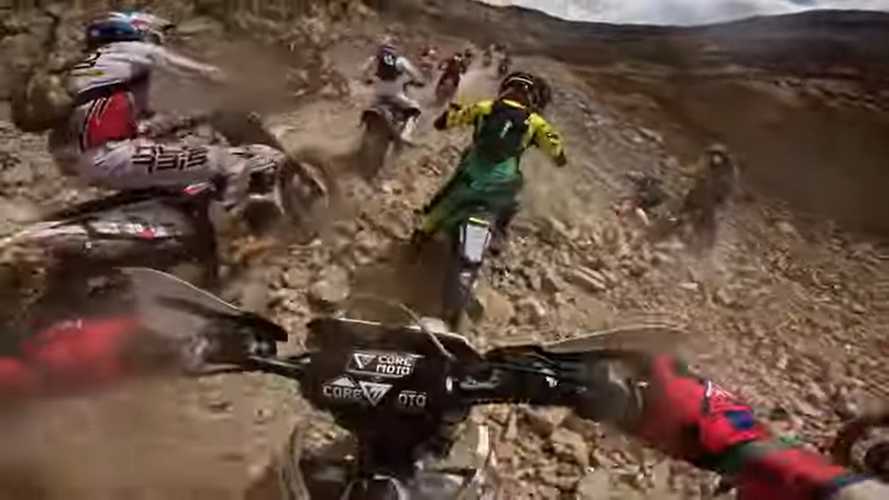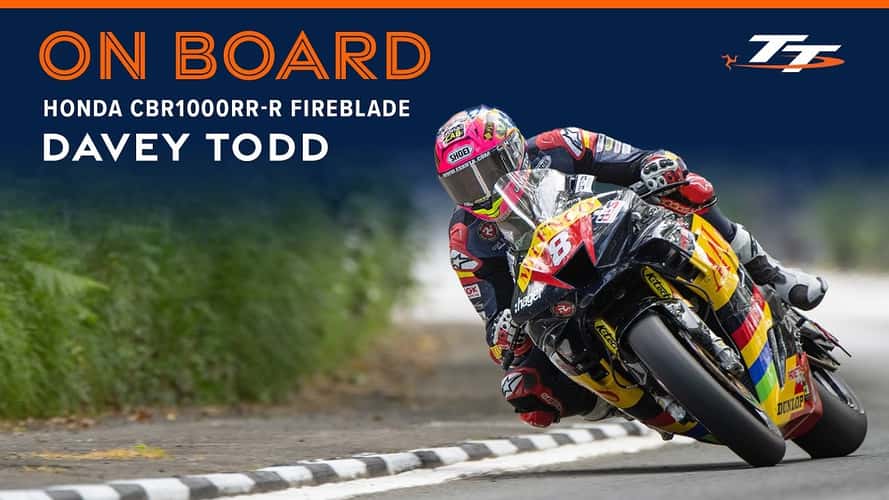If you’ve watched MotoGP coverage in the past few years, chances are good that you’re familiar with commentator Simon Crafar.
Simon Crafar, a former racer who competed in various series including the 500cc world championship, World Superbike, and the Suzuka 8 Hours endurance race, is a well-known commentator in the MotoGP community.
India’s Buddh International Circuit is a new stop on the MotoGP calendar in 2023.
In 2023, the Buddh International Circuit in India will be added to the MotoGP calendar as a new race track.
It’s a technical circuit, but there’s a world of difference between operating F1 cars on a track and operating MotoGP bikes on a track.
Although the Buddh International Circuit is known for its technicality, there are significant differences in handling Formula One cars compared to MotoGP bikes on this track.
While it will be interesting to see what the MotoGP paddock thinks of this track after they’ve had the chance to get to know it over the course of the weekend, Simon Crafar took a few laps of his own with a GoPro to show all the MotoGP fans around the world.
Simon Crafar, in order to provide MotoGP fans worldwide with an insight into the track, took several laps with a GoPro camera to share his experience. The opinions of the MotoGP paddock will be intriguing once they become familiar with the track during the weekend.
In the video, you can see and hear Crafar narrate his experiences as he takes a lap around the track.
In the video, Simon Crafar narrates his experiences while riding a lap around the track.
Overall impressions are positive, with some features striking him favorably when stacked against towering circuits like Suzuka and Portimao.
Simon Crafar's overall impressions of the track are positive, particularly when comparing certain features to renowned circuits such as Suzuka and Portimao.
There are some scary bits as well, with some turns that feel like you’re not able to turn where a racer’s instincts would normally tell you to do so.
However, there are also challenging sections on the track, including turns that may feel counterintuitive to racers' instincts.
Perhaps it’s something that can be adjusted to over time, but that’s of course something that probably depends on the individual racer and how they tackle it.
While it may require some adjustment over time, the ability to navigate these turns likely depends on the individual racer and their approach.
It’s always interesting to get an impression of a course via onboards, because it gives a much different perspective than omniscient, multi-camera professional race footage can do.
Examining a race track through onboards provides a unique perspective that differs from the all-encompassing view of professional race footage captured by multiple cameras.
Getting a sense (even a small one) of what it’s like to be in the cockpit, as opposed to floating above it, gives a small amount of perspective on what the riders will be experiencing.
Gaining even a slight understanding of the cockpit experience, rather than observing from a distant viewpoint, offers a glimpse into what the riders will encounter.
We can’t feel the heat or smell the tires through our screens, but it’s still one more thing to think about when we’re watching the races unfold.
Although we cannot physically sense the heat or smell the tires through our screens, it adds another element to consider while watching the races unfold.

